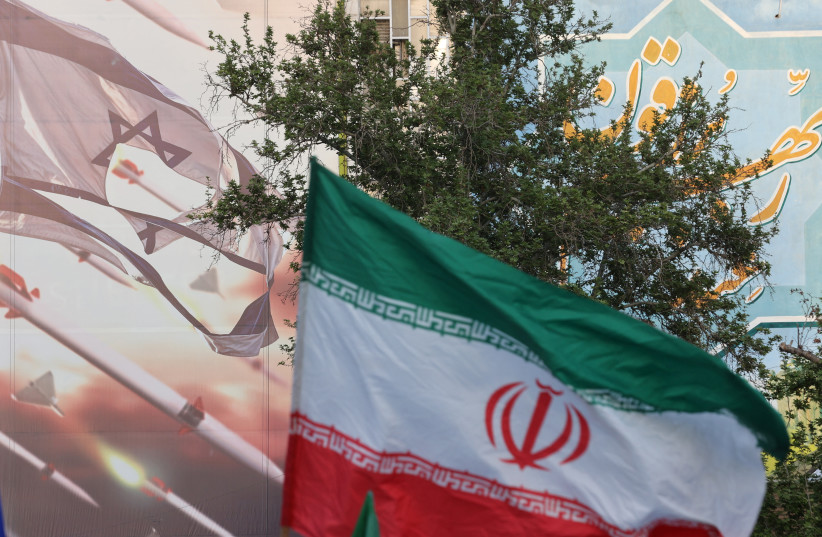Iran to direct majority of oil, gas revenue to IRGC, report reveals
Iran‘s upcoming budget plan reveals that more than half of the revenue from oil and gas exports will be allocated to the nation’s armed forces, according to a report by Iran International on Thursday.
The government is expected to receive about €24 billion from these exports, which constitutes 37.5% of the total revenue generated, the report stated. Of that amount, approximately €12 billion, or 51%, will be directed toward military spending, according to the report.
The Iranian armed forces, officially known as the Islamic Republic of Iran armed forces, encompass the Army, the Islamic Revolutionary Guard Corps (IRGC), and the Law Enforcement Forces (LEF). Meanwhile, 42.5% of the remaining funds will support the government’s operational expenses, and 6.5% will be allocated for “special projects,” the report indicated.
A significant aspect of the budget is an increase in the official euro exchange rate, rising from 310,000 rials this year to 502,000 rials next year, the report highlighted. This change is expected to significantly boost military funding from oil revenue, raising the armed forces’ income to over €12 billion next year—up from €4.3 billion this year and €3 billion the previous year.
In practice, the government will provide oil, priced in euros, to the armed forces, which can then sell it on international markets, the report detailed. With oil priced at €57.5 per barrel, this equates to a daily provision of 583,000 barrels to the military.

Data from oil tanker tracking shows that the IRGC ships approximately 85,000 barrels of oil per day to Syria, according to the report. However, the majority of the oil allocated to the armed forces is expected to be sold to China, which receives 95% of Iran’s total oil exports, the report claimed. This year, the military has received over 200,000 barrels daily, with a significant portion going to Chinese markets and the rest to Syria.
In addition to oil revenues, the armed forces benefit from other financial sources within the broader national budget, as highlighted in the report. This year, their total budget is estimated at around $17 billion, including $4.5 billion worth of oil shipments.
Although next year’s budget draft, shared with the media, does not provide details on other military funding, the trend of significant military financing continues, according to the report.
Iran’s dependence on oil and gas revenue
According to the report, Iran is projected to generate €64 billion from oil and gas exports next year. This includes €4.8 billion from gas exports, based on 16 billion cubic meters sold at 30 cents per cubic meter, and €59 billion from oil and petroleum product exports.
Customs data indicated that last year, the country’s total revenue from oil and petroleum exports amounted to approximately $37 billion. In the first half of this year, it has already reached $24 billion, the report noted.
Although the budget does not specify the volume of expected oil exports, it indicates that the government plans to increase daily crude oil production by 350,000 barrels, bringing the total to 3.75 million barrels per day next year, the report said. This increase is aimed entirely at exports, as no new refineries are planned for the coming years.
The National Development Fund (NDF), which is supposed to receive 48% of oil export revenues, will see its share reduced to 20%, with the government borrowing back the remaining 28%—around €17.9 billion, according to the report. This means that 65.5% of the oil and gas revenue will go to the government’s budget, while 14.5% will be allocated to the National Oil and Gas Companies and 20% to the NDF.
The government’s practice of borrowing from the NDF, totaling over $100 billion, has created significant debt that it has been unable to repay, the report added. This continued borrowing threatens the long-term sustainability of the NDF’s assets, which were originally intended for private-sector loans. According to recent statements from the NDF’s director, the fund’s foreign currency reserves are nearly depleted due to this situation.
In addition to oil exports, the government expects to earn €4.5 billion from the domestic sale of petroleum products and gas, the report concluded.





Comments are closed.